Hydrocarbon Pollution
August 16, 2022
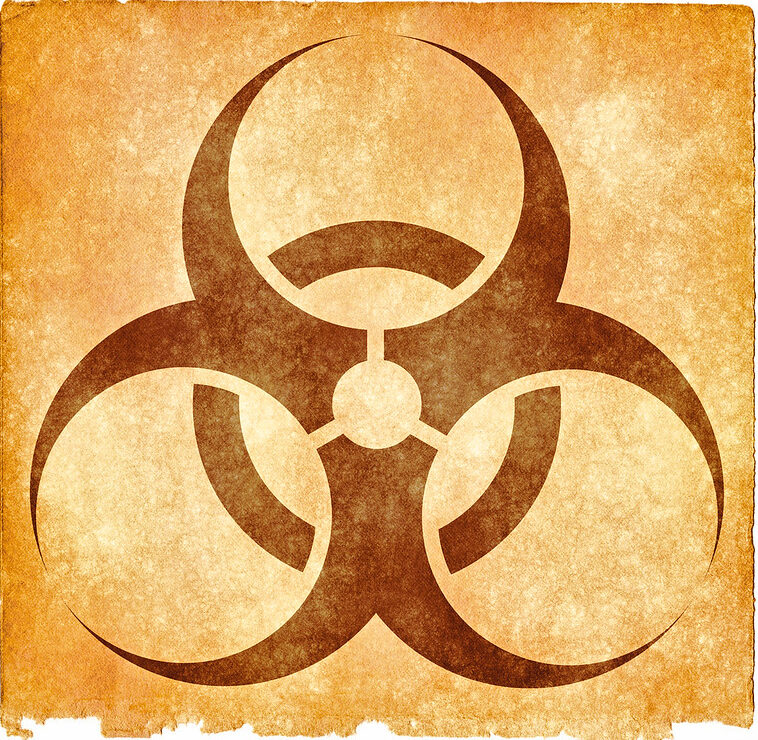
History of DDT ocean dumping off L.A. coast even worse than expected, EPA finds – Los Angeles Times
After an exhaustive historical investigation into the barrels of DDT waste reportedly dumped decades ago near Catalina Island, federal regulators concluded that the toxic pollution in the deep ocean could be far worse — and far more sweeping — than what scientists anticipated.
Illustration: Biohazard Grunge Sign – Sepia (by Nicolas Raymond CC BY 2.0 via Flickr)
More Articles . . .
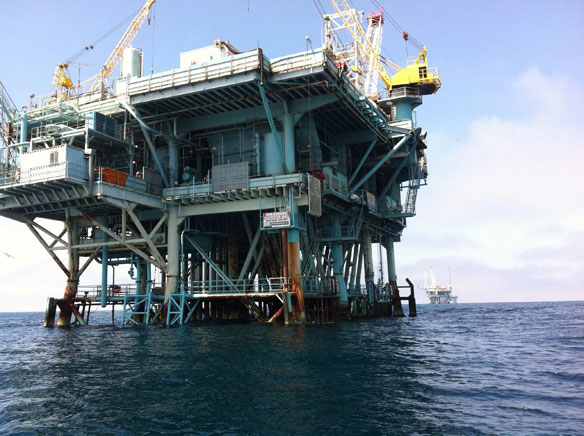
10 years after BP spill: Oil drilled deeper; rules relaxed
Industry leaders and government officials say they’re determined to prevent a repeat of BP’s Deepwater Horizon disaster. Yet safety rules adopted in the spill’s aftermath have been eased as part of Trump’s drive to boost U.S. oil production.
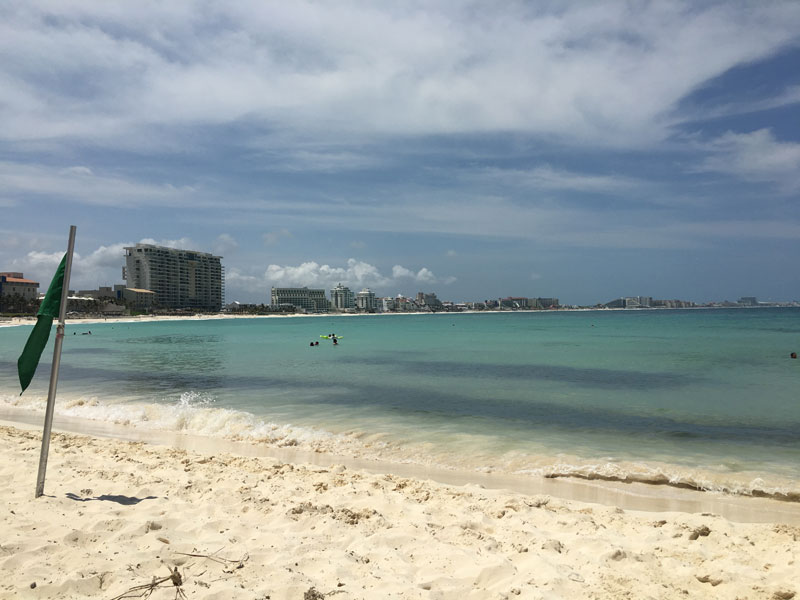
‘We’ve been abandoned’: a decade later, Deepwater Horizon still haunts Mexico
Amid public and political outrage in the US, BP took full responsibility for the worst oil spill of the 20th century. But BP denied the oil reached Mexico, claiming the ocean current propelled the huge spill in the opposite direction. However, fishermen and Mexican scientists knew this wasn’t true.
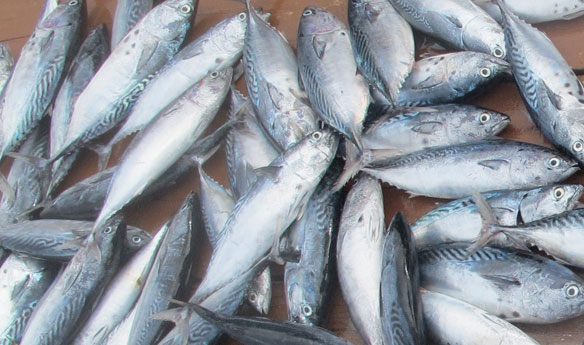
Scientists have found oil from the Deepwater Horizon blowout in fishes’ livers and on the deep ocean floor
Over the decade since the Deepwater Horizon spill, thousands of scientists have analyzed its impact on the Gulf of Mexico. The spill affected many different parts of the Gulf, from coastal marshes to the deep sea.
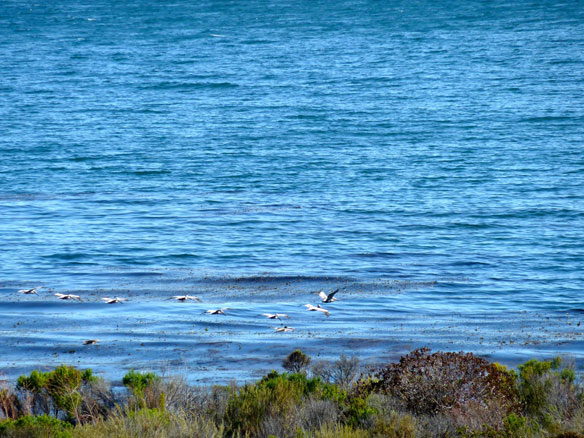
Coalition Unveils Recommendations for Continued Recovery 10 Years After Gulf Oil Spill
As the 10th anniversary of the Gulf oil spill approaches on April 20, Restore the Mississippi River Delta released a report today with nine recommended strategies for advancing critical ecosystem restoration in the delta.
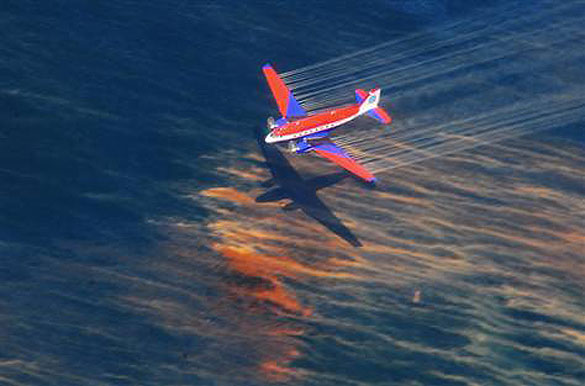
The toxic reach of Deepwater Horizon’s oil spill was much larger — and deadlier — than previous estimates
The spread of oil from the Deepwater Horizon disaster in the Gulf of Mexico was far worse than previously believed, new research has found.

Crabs and shrimp are flocking to the Deepwater Horizon spill site to mate, and it’s making them sick Christina Zdanowicz-Profile-Image
The site of the Deepwater Horizon oil spill has become a popular mating ground for deep-sea crabs and shrimp. Decomposing oil from the 2010 spill could be mimicking a sex hormone, and that’s what’s attracting these crustaceans to get frisky in this part of the Gulf, according to an August study published in the journal Royal Society Open Science.

Largest-ever simulation of the Deepwater Horizon spill
A team of researchers is conducting the largest-ever simulation of the Deepwater Horizon spill to determine more precisely where hundreds of thousands of gallons of oil dispersed following the drilling rig’s explosion in the Gulf of Mexico in 2010.

Continuing impacts of Deepwater Horizon oil spill
Nine years ago tomorrow, April 20, 2010, crude oil began leaking from the Deepwater Horizon drilling rig into the Gulf of Mexico in what turned out to be the largest marine oil spill in history. A long-term study suggests the oil is still affecting the salt marshes of the Gulf Coast.
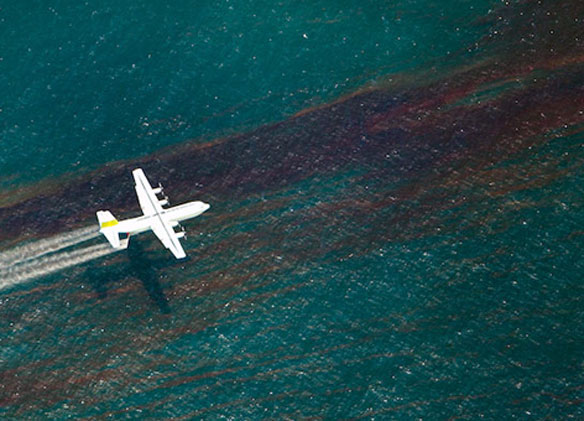
Sunlight Reduces Effectiveness of Dispersants Used in Oil Spills
Two new studies have shown that sunlight transforms oil on the ocean surface more significantly and quickly than previously thought. The phenomenon considerably limits the effectiveness of chemical dispersants, which are during oil spills to break up floating oil and reduce the amount of oil that reaches coastlines.
